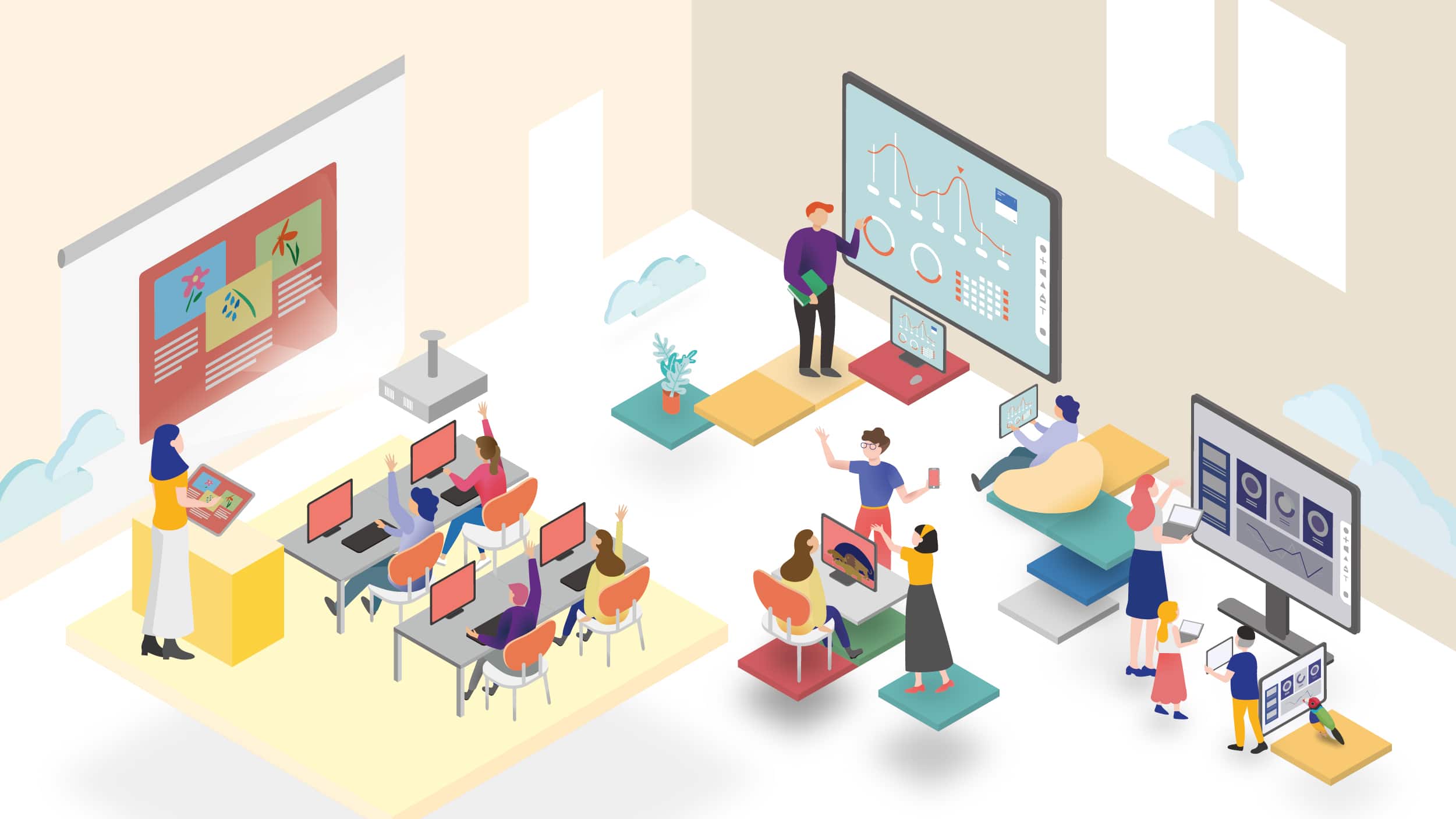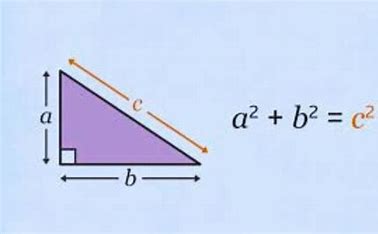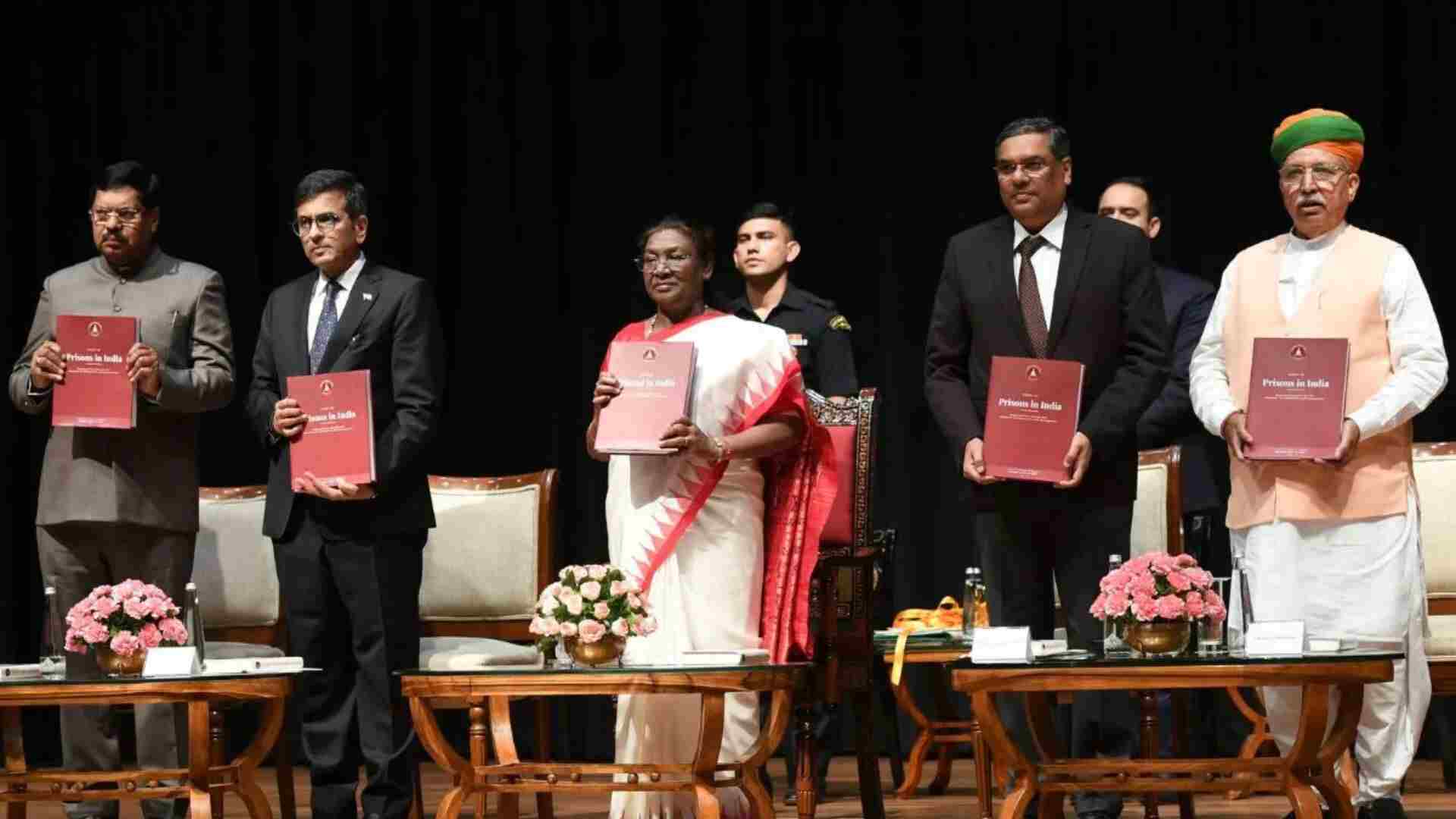
In recent years, the rapid advancement of technology has revolutionized various aspects of our lives, including education. Traditional classrooms have long been the cornerstone of learning, but they often need help to meet the diverse needs of students in today’s digital era. This article explores the gaps in traditional classrooms that new-age EdTech platforms are effectively filling, ushering in a new generation of education.
The Challenge of Catering to Individual Learning Needs
One of the most significant gaps in traditional classrooms is the challenge of catering to the individual learning needs of every student. Each student has a unique learning style, pace, and level of comprehension. EdTech platforms address this gap by offering personalized learning experiences. Adaptive learning algorithms analyze students’ performance and provide tailored content and assessments, enabling students to learn at their own pace. This individualized approach fosters greater engagement, motivation, and better learning outcomes.
Breaking Down Geographical and Socioeconomic Barriers
Traditional classrooms are often limited by geographical constraints, socioeconomic disparities, and physical disabilities. However, EdTech has broken down these barriers by providing accessible education to learners across the globe.
Online courses, virtual classrooms, and interactive learning platforms offer equal opportunities to students regardless of their location or financial means. Additionally, EdTech tools can be customized to meet the needs of students with disabilities, ensuring inclusivity and promoting a more equitable education system.
Fostering Active Participation and Engagement through Immersive Learning
The traditional classroom model primarily relies on lectures and textbooks, which may not always capture students’ attention and foster active participation. New-age EdTech solutions leverage multimedia elements, gamification, virtual reality (VR), and augmented reality (AR) to create immersive learning experiences. Interactive simulations, virtual labs, and educational games make learning enjoyable, fostering student engagement, curiosity, and critical thinking. These technologies provide students with hands-on experiences and real-world applications, enabling them to grasp complex concepts more effectively.
Providing Instantaneous Feedback and Assessment
In traditional classrooms, timely and comprehensive feedback is often a challenge due to the limited time and resources available to teachers. EdTech platforms overcome this gap by providing instantaneous feedback and assessment tools. Automated grading systems and AI-powered algorithms analyze students’ responses and provide immediate feedback, enabling students to identify areas of improvement and reinforce their learning. Teachers can also utilize data-driven insights to tailor their instruction and provide targeted support to individual students, promoting personalized growth and a deeper understanding of the subject matter.
Conclusion:
Embracing the Power of EdTech for Inclusive and Effective Learning Environments as we embrace the digital age, it is evident that new-age EdTech platforms are effectively filling the gaps in traditional classrooms. Personalized learning, accessible education, interactive learning experiences, and real-time feedback are just a few of the many benefits EdTech brings to the table. By harnessing the power of technology, we can create more inclusive, engaging, and effective learning environments for the learners of today and tomorrow. The integration of EdTech into traditional classrooms has the potential to revolutionize education and empower students with the skills they need to thrive in the digital era.
Written by Pranay Chouhan, the co-founder of ‘Padhe’, a leading K-12 EdTech Startup.















